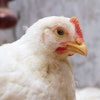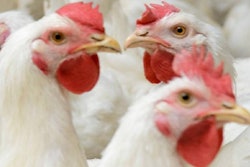
I have always been an advocate of high-quality piglet feeds. In fact, I abandoned my dreams for an academic career only because the then top piglet nutrition company offered me the position of nutritionist in the U.S. Needless to say, I was thrilled. I was a proponent of top quality in piglet feeds, and my work there only verified this position that I have not abandoned.
Over the years, I realized that top quality is not necessarily expensive — that part is usually bloated margins due to tangled corporate structure, greediness or just ignorance of the market. Good quality feeds are expensive, but do not cost the earth and the moon!
On the other hand, there are some really base products that are priced at ridiculous prices; a few weeks ago, I had to design a competing product to something that was basically a corn-soy diet with some “cosmetic” additives. With a reasonable margin I was able to add some really useful ingredients, the right additives at the right dosages, and still offered the formula at a final cost less than the competing product.
The whole point is that good quality piglet feeds will give piglets the extra boost they need right after weaning.
In other words, as Alberto the Wise used to say to me: “el sentido común no es tan común.” For those who do not understand Castellano, it translates to “common sense is not so common after all.” My apologies; I lived in Madrid, and my Catalán is virtually non-existent. As for Spanish, well, I am still learning.
The whole point is that good quality piglet feeds will give piglets the extra boost they need right after weaning. If you cannot afford to buy the “good stuff,” that is fine; buy less. It is far better to offer 0.5 kg/piglet of a proper feed to be followed up with the next feed rather than the recommended 1 kg/piglet of post-weaning diet but of a lesser quality. Why? Simply because the piglet will not eat the latter feed; it will develop gut problems, which will only be exacerbated when the second, even more basic, feed follows up. The good quality feed might not be enough, but it will prevent gut problems when the second feed shows up in the feeders.
Common sense, you say? Alberto thinks not!

















